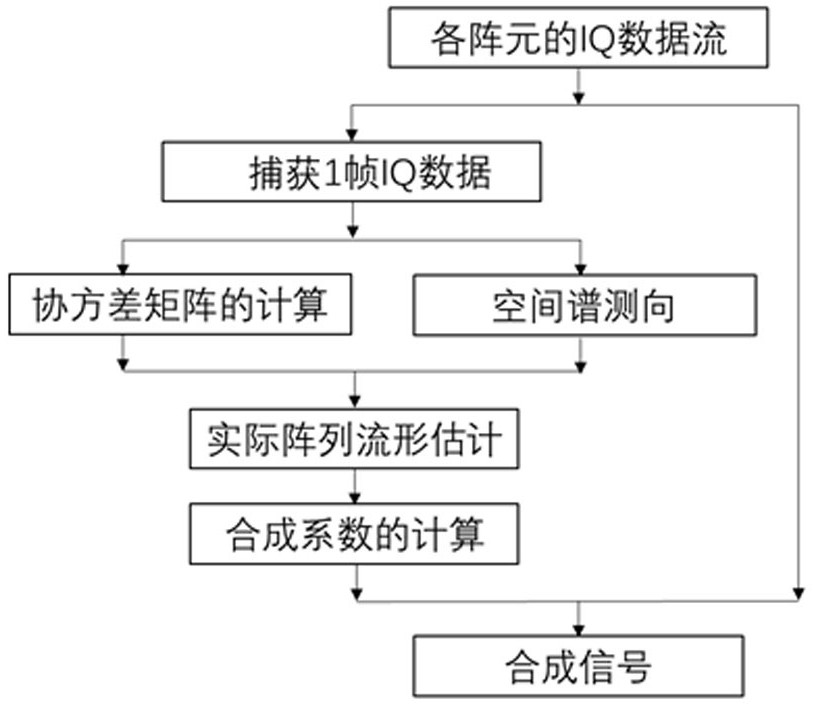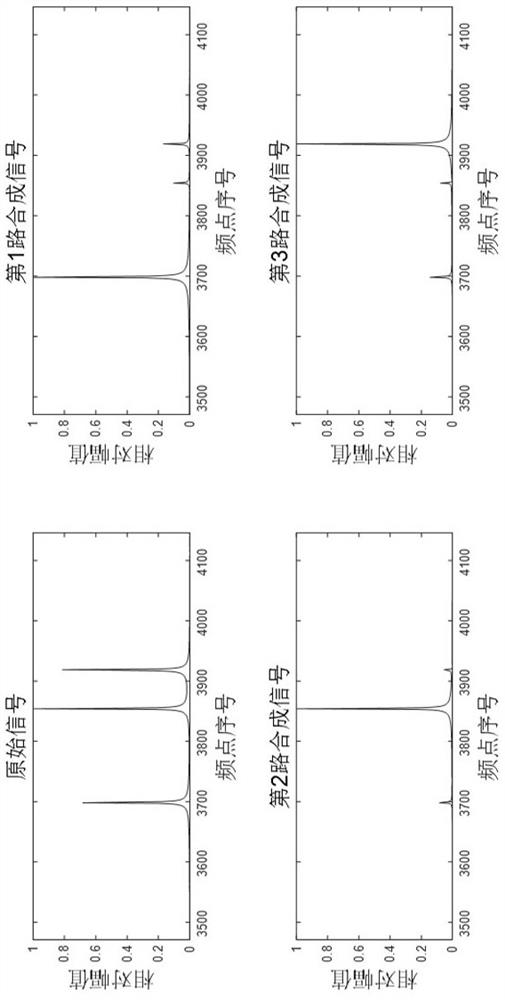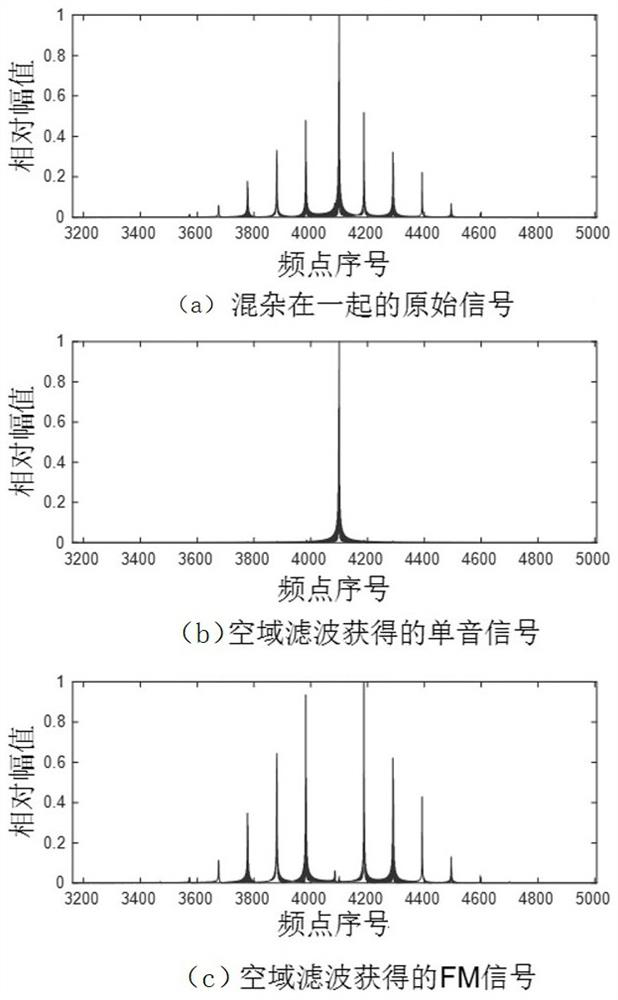A spatial filtering method based on direction finding equipment
A space-domain filtering and direction-finding technology, which is used in direction finders using radio waves, radio wave direction/bias determination systems, space transmit diversity and other directions. The equipment cannot separate the signal and other problems, so as to achieve the effect of improving efficiency and high timeliness.
- Summary
- Abstract
- Description
- Claims
- Application Information
AI Technical Summary
Problems solved by technology
Method used
Image
Examples
Embodiment 1
[0040] Each element in the antenna array corresponds to a receiver, which is called a receiving channel. The role of the receiver is to convert the radio frequency signal received by the antenna into intermediate frequency IQ data for processing by the computer. For an N-element array, its corresponding N receivers can provide N channels of IQ data streams; each channel of IQ data streams can be demodulated in real time to obtain voice information or other forms of information. However, in the case where there are multiple signals of the same frequency, each IQ data stream contains information about each signal, forming the same-frequency interference. In the actual radio monitoring work, it is necessary to split the same frequency signal at the signal level, so as to separate and demodulate each signal. A kind of spatial filtering method based on direction finding equipment provided by the present invention adopts the following steps to solve this problem, combining figure ...
PUM
 Login to View More
Login to View More Abstract
Description
Claims
Application Information
 Login to View More
Login to View More - R&D
- Intellectual Property
- Life Sciences
- Materials
- Tech Scout
- Unparalleled Data Quality
- Higher Quality Content
- 60% Fewer Hallucinations
Browse by: Latest US Patents, China's latest patents, Technical Efficacy Thesaurus, Application Domain, Technology Topic, Popular Technical Reports.
© 2025 PatSnap. All rights reserved.Legal|Privacy policy|Modern Slavery Act Transparency Statement|Sitemap|About US| Contact US: help@patsnap.com



